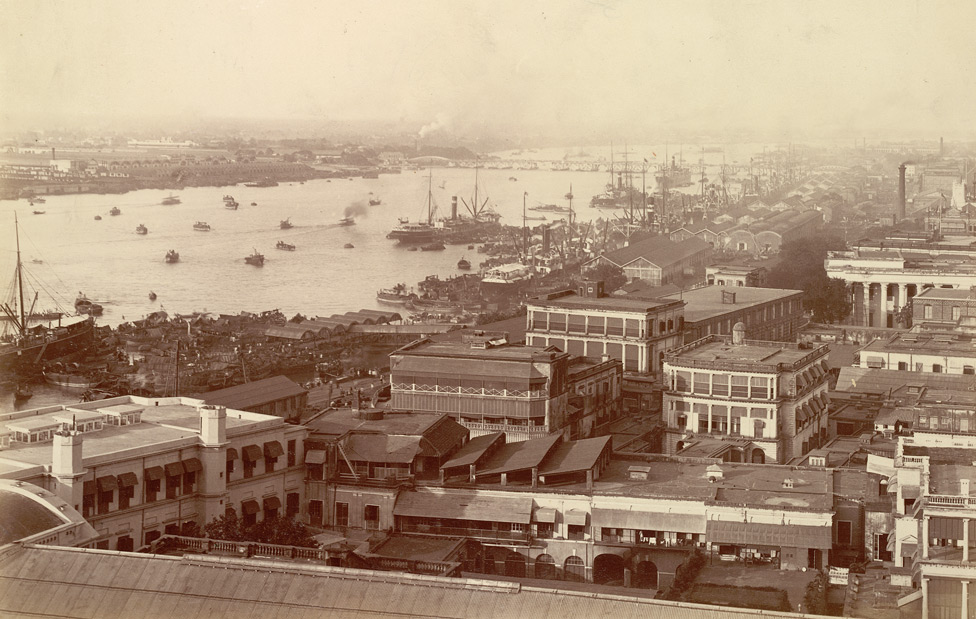
Calcutta- Looking Through The Eyes Of William Hodges
The role of art, photographs, and stories has contributed immensely to building travel narratives of Calcutta. Such travelogues emerged as an effort to familiarise unknown territories to the people of another nation. In the process, these narratives helped in initial mapping through explorers, artists, and travellers sharing geographical and ethnographic conditions that were observed. Exhibitions of these pieces attracted sizable crowds of people who were prepared to pay to see paintings portraying the people, cities, landscapes, and cultures of the colonised lands.
Between the 16th and 18th centuries, 44 travelogues were published specifically on India and were available in European markets. These narratives were soon made available by the Asiatic Society of Bengal, which was established in 1784. This was directly supported by Warren Hastings and headed by William Jones.
While these narratives shared a European perspective of what India and, albeit Calcutta, looked like, visual representations close to reality were not available. During this period, while Warren Hastings was the Governor-general of India, landscape painter William Hodges came to Calcutta. Hodges first landed in Madras and later reached Calcutta in 1781 along the riverbank of Fort William. On his arrival, he was mesmerised by the sheer size of Fort William and found ‘Calcutta to be a spacious, well-planned city with palatial detached houses giving ‘the appearance of Grecian temples: and indeed every house may be considered a temple dedicated to hospitality.’

William Hodges became a close friend of Warren Hastings and lived in Calcutta for three years, painting the city, especially the Banks of River Hooghly. In between, he also travelled extensively across India, with funds made available by Hastings. He also provided Hodges with an official post with a handsome salary of 12,000 rupees.
As a landscape painter, Hodges created masterpieces which captured the serenity of the River Hooghly, the stillness of the dwellings, and the dynamism of the flora/fauna. His paintings rarely focused only on human figures, unlike earlier explorers and oriental artists painting human figurines and sceneries. Hodges’ collection of 90 drawings in three volumes became the main source for his oil paintings and prints of Indian subjects throughout his life. After Hodges died in 1797, these volumes were acquired by Warren Hastings and are now in the Yale Center for British Art. Hastings was among the first people in Calcutta to commission an oil painting from Hodges.



